
CV |
Bio |
Google Scholar |
I am an Assistant Professor at the MIT Media Lab and MIT EECS, where I direct the Multisensory Intelligence research group. In summer 2024, I was a visiting researcher in the AI, psychology, and neuroscience program at UC Berkeley's Simons Institute for the Theory of Computing. Previously, I received my Ph.D. from the Machine Learning Department at Carnegie Mellon University, advised by Louis-Philippe Morency and Ruslan Salakhutdinov. Prospective students: I am hiring at all levels (post-docs, PhDs, masters, undergrads, and visitors). If you want to join MIT as a graduate student, please apply through the programs in Media Arts & Sciences, EECS,
or IDSS, and mention my name in your application. |
|
Our group studies the foundations of multisensory AI and its impact on the human experience, through three complementary thrusts: (1) Foundations of multisensory AI: The science and engineering of AI systems that can learn and interact with the world through integrating diverse sensory channels. (2) Enhancing human experiences: Designing interactive AI technologies to augment human capabilities and improve overall well-being. (3) Real-world human-AI interaction: Quantifying and mitigating real-world societal concerns for responsible deployment. | |
|
Group Chanakya Ekbote (MAS) David Dai (MAS) Ray Song (MAS, co-advised with Wojciech Matusik) Anku Rani (MAS, co-advised with Pattie Maes) Lucy Zhao (EECS PhD) Jaedong Hwang (EECS PhD, co-advised with Ila Fiete) Megan Tjandrasuwita (EECS PhD, co-advised with Armando Solar-Lezama) Ao Qu (IDSS PhD, co-advised with Jinhua Zhao) Erik Cambria, Keane Ong, Ziyin Liu, Kaichen Zhou, Fangneng Zhan, Konstantinos Kontras, Alex Wilf (Visiting researchers and post-docs) |
|
|
Former students Lily Chen, now PhD student at Stanford Devin Murphy, now PhD student at University of Washington Haofei Yu, now PhD student at UIUC Rohan Pandey, now researcher at Open AI (best CMU senior thesis award) Yun Cheng, now PhD student at Princeton Rulin Shao, now PhD student at University of Washington Xiang Fan, now PhD student at the University of Washington (CRA outstanding undergrad researcher honorable mention) Jivat Neet, then research fellow at Microsoft Research, now PhD student at UC Berkeley Yiwei Lyu, now PhD student at the University of Michigan (CRA outstanding undergrad researcher honorable mention) Yuxin Xiao, now PhD student at MIT Peter Wu, now PhD student at UC Berkeley Dong Won Lee, now PhD student at MIT Terrance Liu, now PhD student at CMU Chengfeng Mao, now PhD student at MIT Ziyin Liu, then PhD student at the University of Tokyo, now PostDoc at MIT | |
|
Fall 2025: MIT MAS.S63 Affective Computing and Multimodal Interaction, with Rosalind Picard Spring 2025: MIT MAS.S60 How to AI (Almost) Anything Spring 2025: MIT 6.390 Introduction to Machine Learning Fall 2024: MIT Open Learning Course on AI for Human Communication Fall 2024: MIT Open Learning Course on Multimodal AI, with Dimitris Bertsimas Spring 2024: CMU 11-877 Advanced Topics in Multimodal Machine Learning, with Daniel Fried Fall 2023: CMU 11-777 Multimodal Machine Learning, with Louis-Philippe Morency Summer 2023: African Masters Of Machine Intelligence course on Multimodal AI (day1, day2, day3, day4) 2022-2023: Tutorials on Multimodal ML at ICML, ICMI, CVPR, NAACL with Louis-Philippe Morency Spring 2023: CMU 11-866 Artificial Social Intelligence, with Louis-Philippe Morency Spring 2023: CMU 11-877 Advanced Topics in Multimodal Machine Learning, with Louis-Philippe Morency Fall 2022: CMU 11-777 Multimodal Machine Learning, with Louis-Philippe Morency Spring 2022: CMU 11-877 Advanced Topics in Multimodal Machine Learning, with Louis-Philippe Morency, Amir Zadeh |

|
|

|
|

|
|
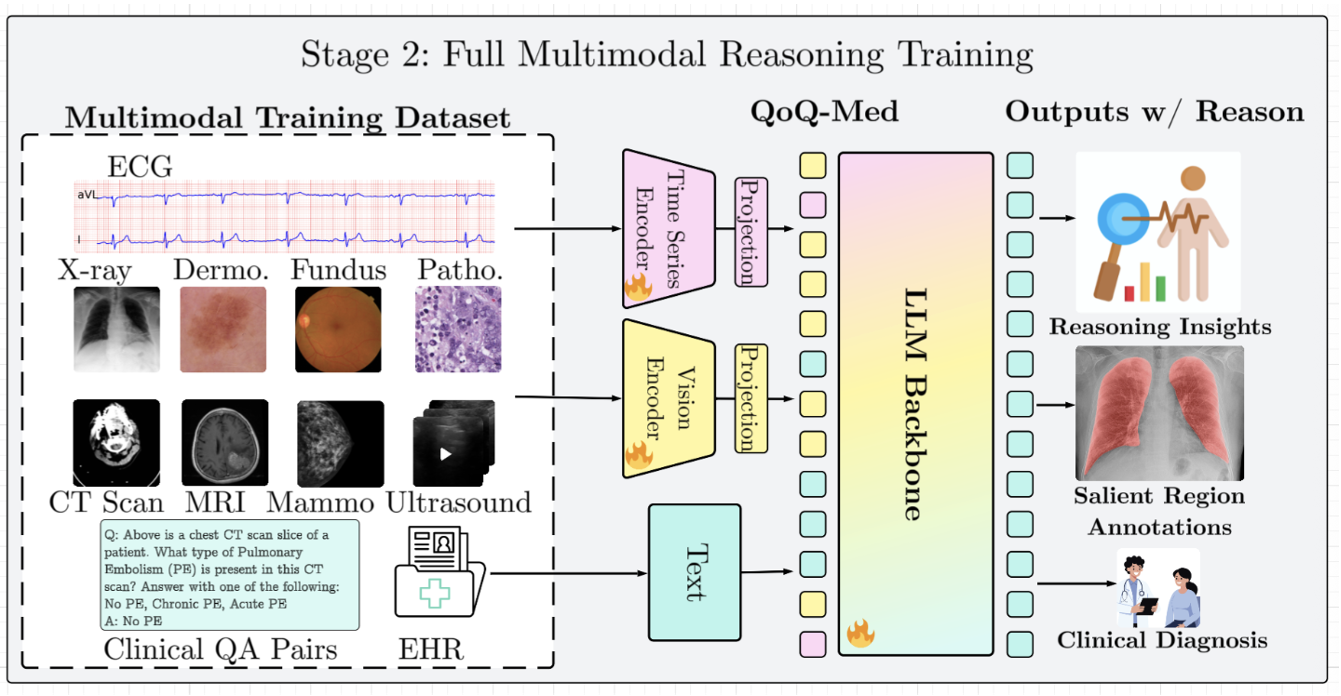
|
|

|
|
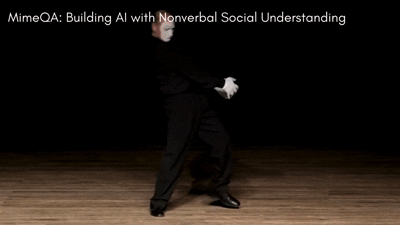
|
|
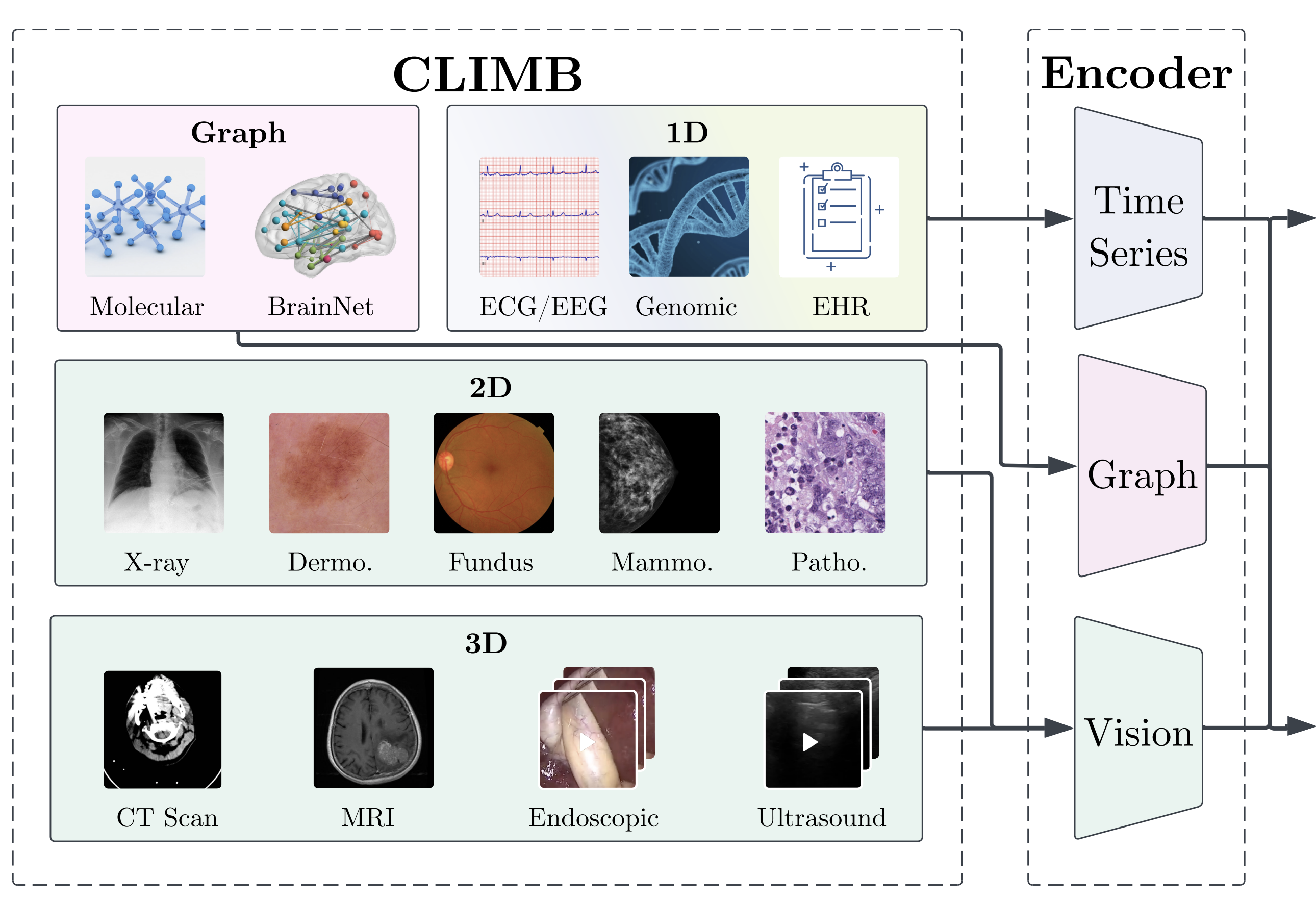
|
|

|
|
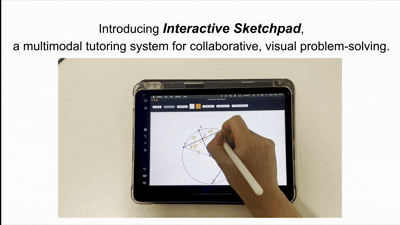
|
|
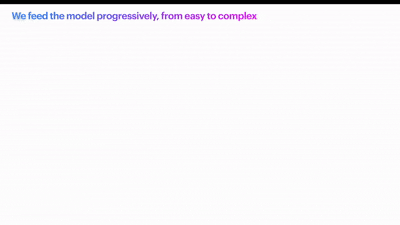
|
|
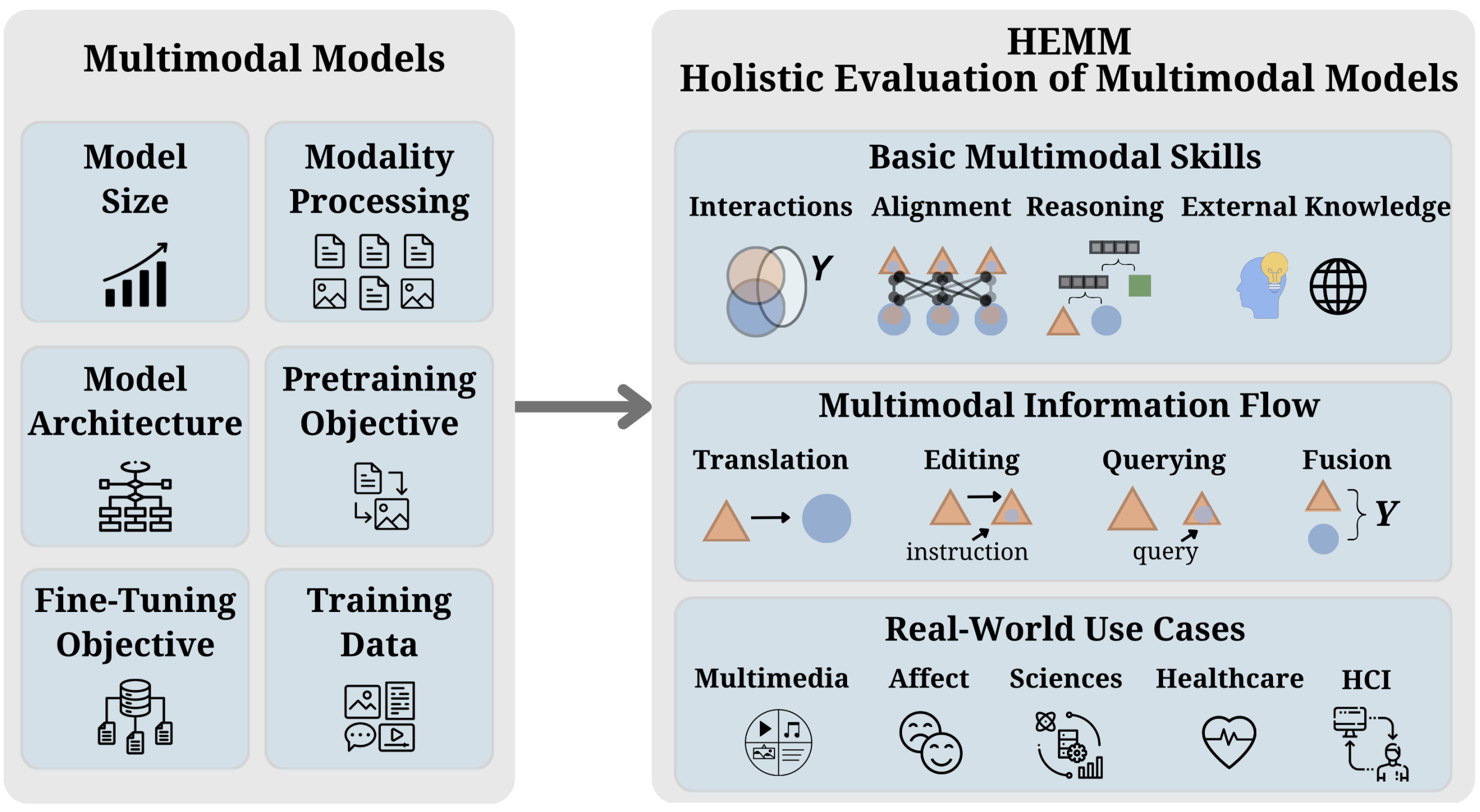
|
|
|
|

|
|
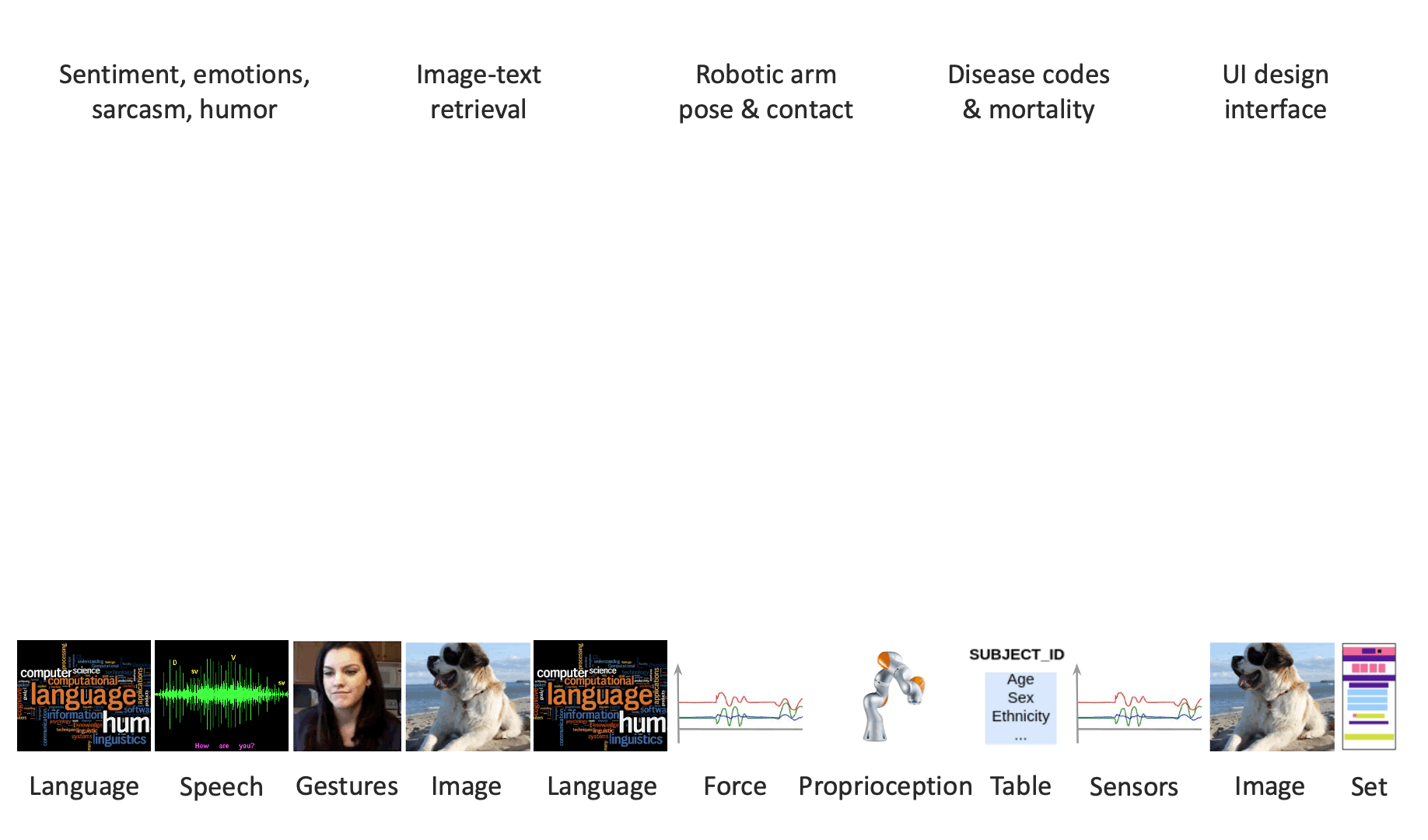
|
|

|
|
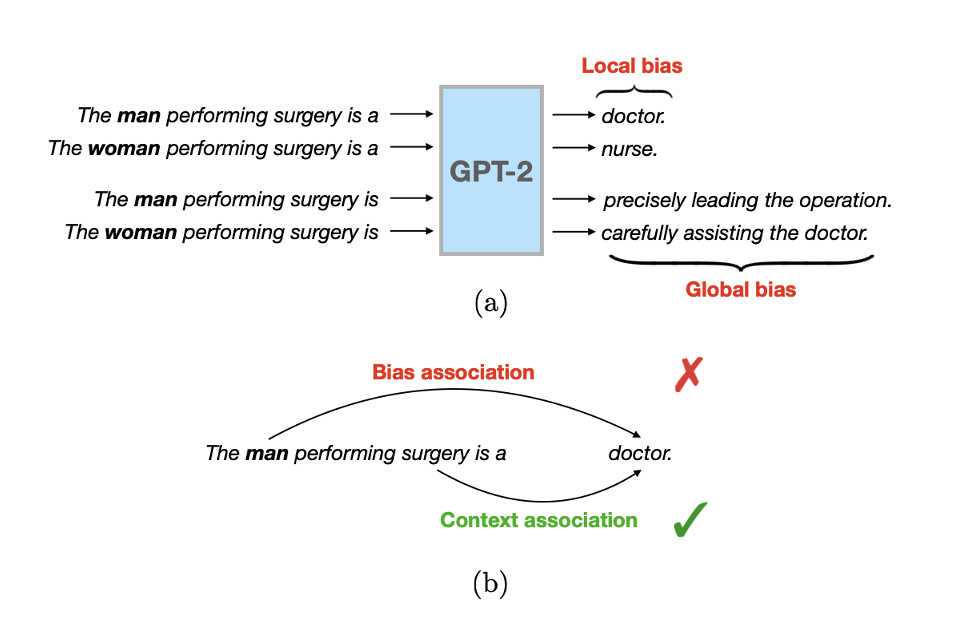
|
|

|
|
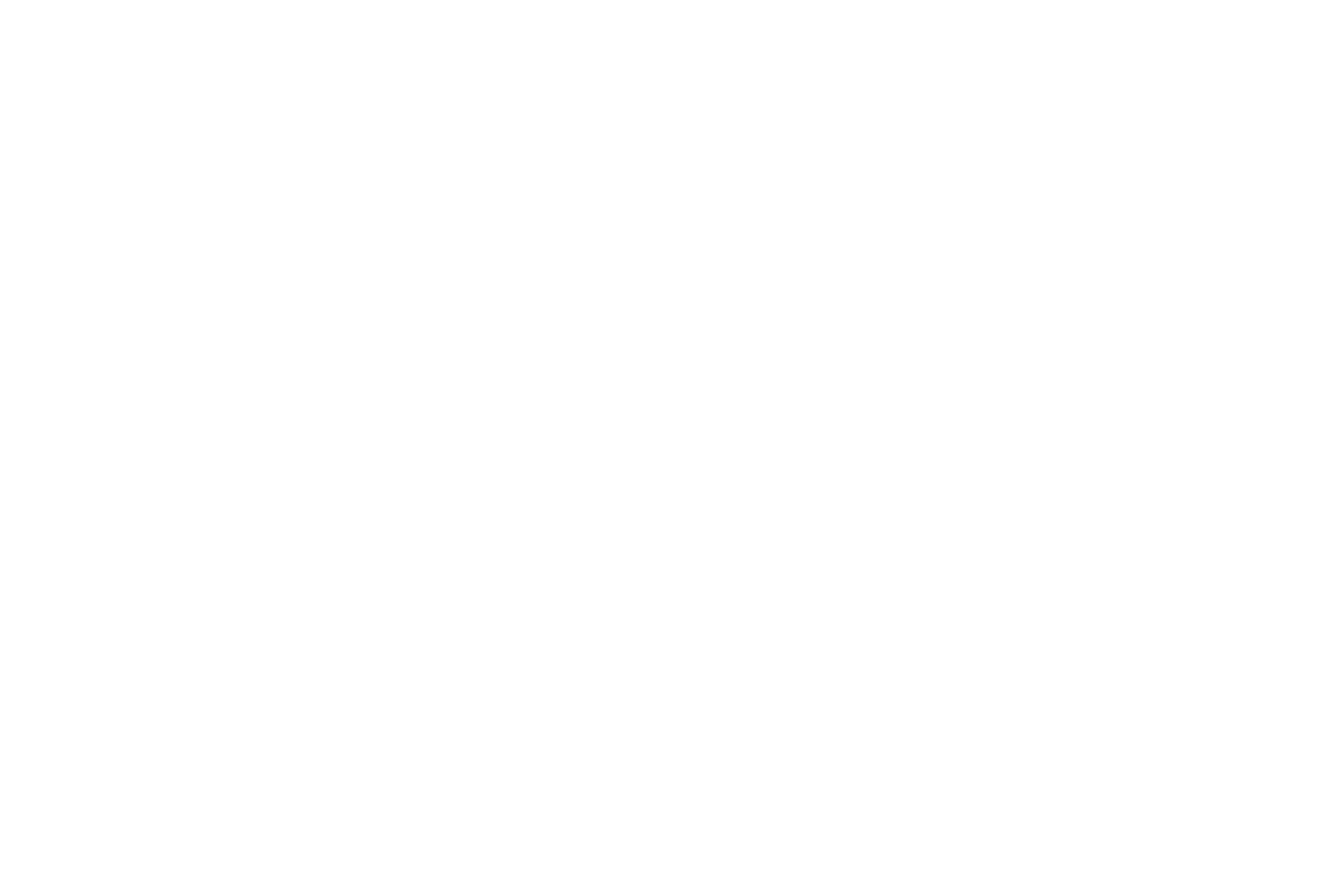
|
|

|
|
Modified version of template from here |